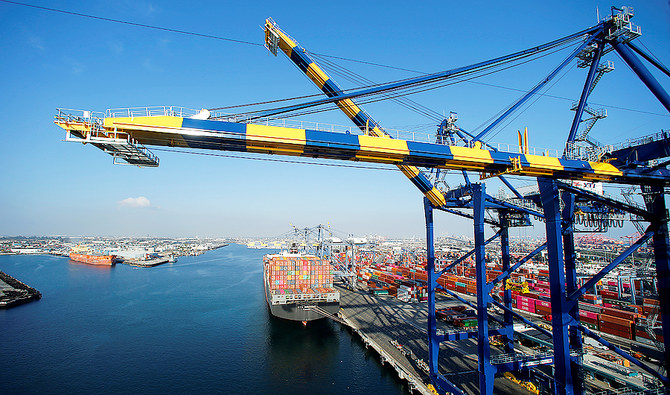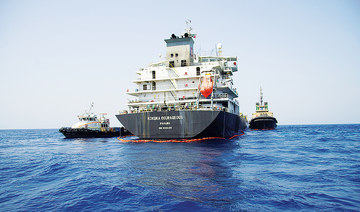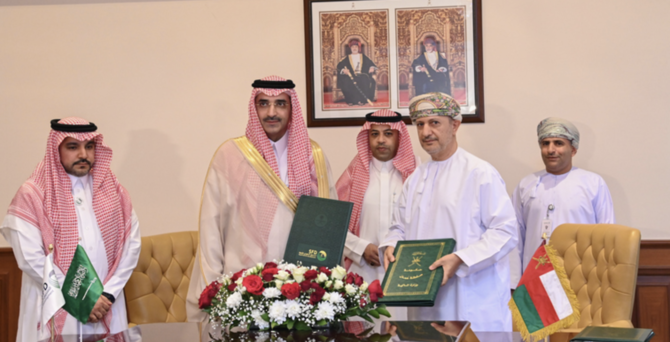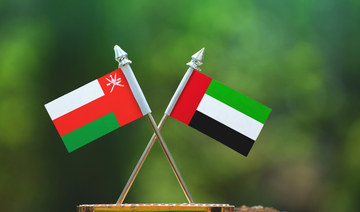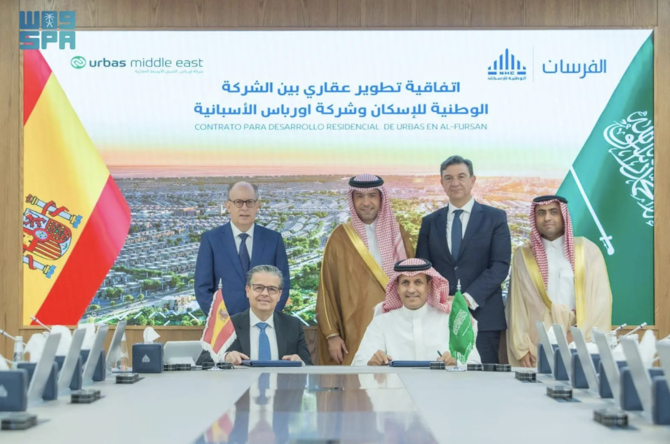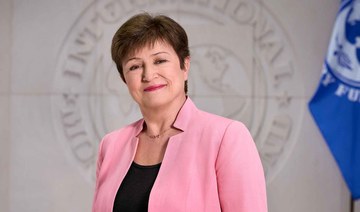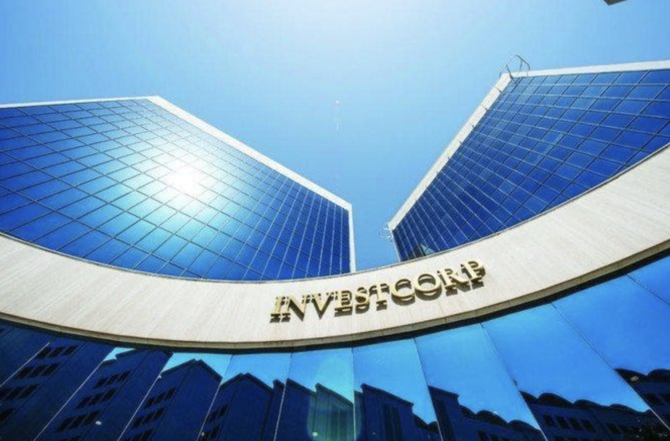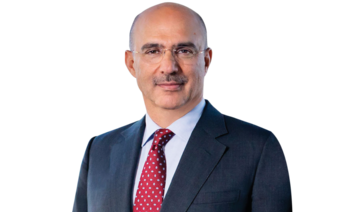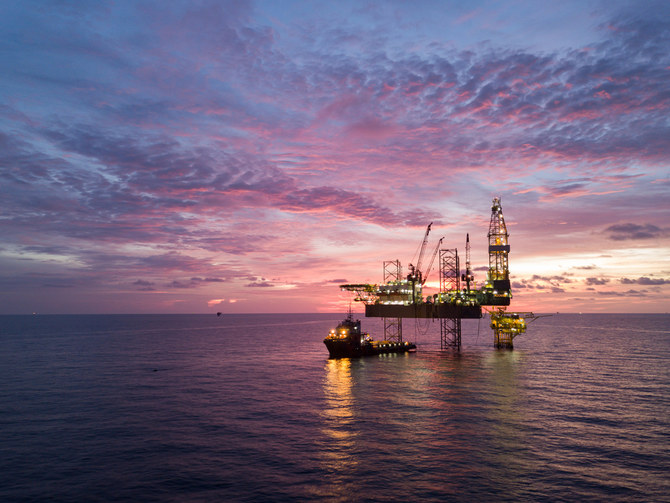LONDON/LOS ANGELES: US furniture company RC Willey Home Furnishings is so concerned that new global clean air rules will cause transport disruption that it brought forward the shipment of arm chairs and sofas from China by two months.
The tougher regulations, set by the United Nations shipping agency, the International Maritime Organization (IMO), come into force on Jan 1. Costs will rise for ships toward the end of this year and there will be a knock on effect for trucks and other transporters that move goods around the world.
For shipping companies it is the biggest shakeup in decades and adds to the pressures of an economic slowdown and the threat of an escalating trade war between the United States and China.
While consumers are not expected to pay more for goods, higher transport bills and disruption to company deliveries could further dent economic growth.
Ship owners must cut sulfur emissions to 0.5% from 3.5%. They can do this by using low-sulfur fuel, installing exhaust gas cleaning systems or opting for other, more expensive, clean fuels such as liquefied natural gas or traveling more slowly.
Jeff Child, president of Berkshire Hathaway’s RC Willey Home Furnishings, moved the delivery of about 450 containers from September and October to July and August. He wants to avoid any disruption in the peak fourth quarter as ships prepare for the changes, including refitting equipment.
“We just don’t want to get caught in a situation where it affects our inventory,” he told Reuters.
Analysts say the container industry, which transports consumer goods such as sofas, designer clothes and bananas, will be one of the worst hit with extra costs of about $10 billion.
The world’s two biggest container shipping lines — Denmark’s Maersk and Swiss headquartered MSC — say they face annual extra costs of over $2 billion each.
Twenty-five logistics company executives told Reuters they would pass along any IMO-related costs, such as ship upgrades or more expensive fuel, to customers.
“The sulfur cap will further put pressure on ocean freight rates and we... will have to pass those costs on to remain competitive,” Peder Winther, global head of ocean freight with Swiss transportation company Panalpina Group said.
Truckers worried
Economists say manufacturers are expected to absorb their part of the cost and are unlikely to raise the price of consumer goods, but the hit to companies could be a drag on the world economy.
A Nestle S.A. spokesperson said the food group was talking to transport companies about “fuel adjustment methodology” to reflect the impact of the new rules.
“Higher fuel prices would result in higher transport costs,” said Peter Nagle, an economist with the World Bank’s Development Prospects Group. “This would have the potential to lead to slower economic growth and trade.”
Trucking companies will also suffer. The IMO rules do not apply to them but they will face new competition from ships for lower sulfur fuel. This is expected to push up the price of diesel fuel for trucks by as much as 100 percent.
Small to mid-sized truckers may find it tough as they lack the clout to negotiate fuel deals or to recoup the costs.
“I’m at the whim of the market. All I can do is let the customers know what’s going on,” said Mike Baicher, president and chief executive of New Jersey based West End Express, which runs 90 trucks in New York, New Jersey and along the East Coast.
“There is only so much that the trucking company can absorb.”
In a letter sent to top US government officials including National Security Adviser John Bolton, transport associations including trucking groups said there was consensus that US transport industries would be “negatively affected by IMO 2020 pricing pressure.” It said there could be market disruptions.
“There’s a storm approaching but we don’t know how bad the storm is going to be,” said Glen Kedzie, energy and environmental counsel for the American Trucking Associations.
“You’re going to pay”
Shipping and freight forwarding companies, who offer a service overseeing the delivery of goods from beginning to end, expect to feel more cost pressure.
Bart de Vries, chief operating officer for air & sea with US headquartered Hellmann Worldwide Logistics, expects to pay more for services as shipping companies pass along the costs.
Some companies may overhaul their business plans.
“It will undoubtedly force many exporters and importers to review their sourcing strategies and vendors,” said Cas Pouderoyen, senior vice president of ocean freight with global logistics company Agility
Richard Fattal, co-founder of digital freight forwarder and logistics provider Zencargo, said there could be as much as a 10 to 20% rise in overall operating costs next year.
Allen Clifford, a US-based executive vice president with MSC, said at a recent forum in California that his company was facing huge expenses.
“Who’s going to pay for it? You’re going to pay for it. Because I’m tired of paying for it,” he told industry executives, and port and customs officials.



